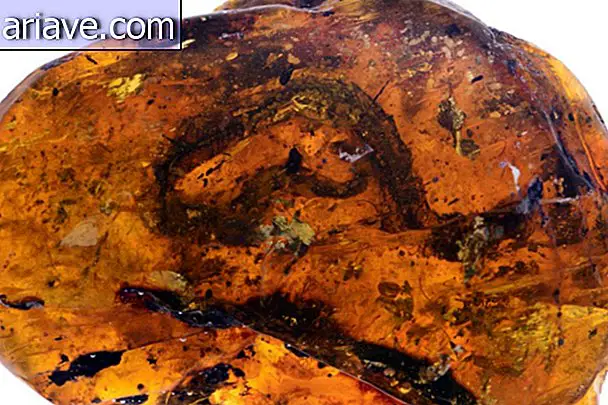Does rust really transmit tetanus?
Stepping on a rusty nail is an experience no one wants to go through. However, however careful you are, this kind of situation occurs at the most unexpected times, and quick action is needed to avoid major problems.
The first impulse is to run to the hospital, because your aunt already said that rust can contaminate you with tetanus. But is this really true? Does any injury from rusty metal expose us to this risk? Yes, it's dangerous, but not exactly for the reason we always think.
Bacterial cause
What really causes tetanus is a bacterium called Clostridium tetani, found in dirt, sand and feces. If any object has come into contact with this type of environment, in case of injury there is a risk of contamination. So regardless of whether it is a nail, dog bite or any other slightly deeper injury, if it carries the bacteria, there is a risk of infection.

But what about rust?
The link with rust probably began due to the conditions it offers to the bacteria. Nails rust most easily when exposed to exposed areas, usually on the floor, just where bacteria are very likely to be. Along with this, rust creates an uneven surface in the metal, serving as a microscopic shelter for microorganisms.
An injury caused by a nail or any type of metal, whether rusty or not, should be treated with caution as the consequences of delayed care can be severe. Most people are vaccinated against tetanus as a child, but the effect lasts only 10 years. If a new dose has not been given within this range, you must go to a hospital for precautions.

The disease, when left untreated, can be fatal. It releases a powerful neurotoxin called tetanospamine, which causes muscle stiffness and convulsive spasms, which usually begin in the jaw.
While seeking help as soon as possible is recommended, it is also not necessary to go into despair and start writing the will, as the time between contagion and the first symptoms can vary from one to three weeks.











